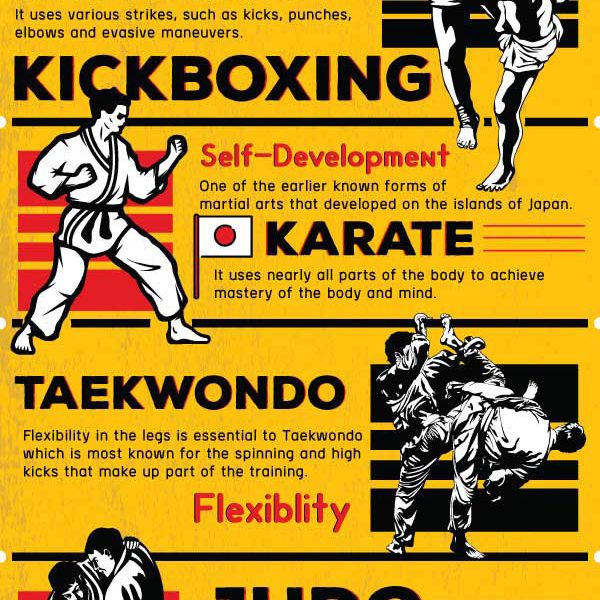Achieving The Ideal Equilibrium Between Speed And Precision In Fighting Styles Instruction
Achieving The Ideal Equilibrium Between Speed And Precision In Fighting Styles Instruction
Blog Article
Material Develop By-Kendall Humphries
Imagine you're standing beside a tightrope, all set to take your primary step. As you collect your emphasis, you recognize that this delicate balancing act is not so various from the world of martial arts.
In fighting styles training, discovering the right balance of rate and precision is vital for success. However just how do you strike that best stability? It's a concern that has actually captivated practitioners for centuries, and in this conversation, we will certainly discover the relevance of speed and precision, discover training techniques to attain balance, and deal with the typical difficulties that arise in the process.
Prepare to find the tricks that will elevate your fighting styles journey to brand-new elevations.
The Relevance of Rate and Accuracy
When it concerns fighting styles training, speed and accuracy are essential elements that can make all the difference in your performance. Achieving the best equilibrium in between rate and precision is necessary for reliable martial arts methods.
Speed enables you to react rapidly to your opponent's activities, offering you an advantage in fight. It enables you to carry out strikes and obstructs promptly, catching your opponent off-guard.
On the other hand, precision makes sure that your methods land accurately and with maximum influence. It allows you to hit the target with precision, increasing the performance of your strikes.
Training Strategies for Attaining Balance
To establish the ideal balance between rate and precision in your martial arts training, it's vital to implement efficient techniques that maximize your efficiency.
One training approach is to concentrate on details methods and drills that target both speed and precision. By exercising high-speed motions with precision and control, you can boost your overall performance.
Another technique is to incorporate interval training, rotating in between high-intensity bursts of rate and durations of remainder or slower activities. This helps build endurance and dexterity while also permitting you to adjust your accuracy.
Furthermore, exercising mindfulness and mental visualization can improve your equilibrium by educating your mind to concentrate on both speed and accuracy simultaneously.
Common Obstacles and Exactly How to Overcome Them
One typical difficulty in fighting styles training is preserving a balance between speed and accuracy, however it can be overcome with constant method and focus. Here are Recommended Looking at to assist you overcome this challenge:
- Concentrate on proper strategy: Make the effort to discover and understand the proper type and technique for each relocation. This will certainly assist you establish accuracy and precision in your strikes and movements.
- Gradually raise speed: Begin by practicing slowly and gradually boost your rate as you become much more comfortable with the strategy. This will help you keep control and precision while implementing relocations at a quicker rate.
- shotokan karate for older adults and response drills: Include drills that focus on timing and reacting to your opponent's movements. This will certainly enhance your ability to strike with speed and precision in a genuine battle scenario.
Final thought
As you end your fighting styles training, you have discovered the fragile balance of speed and precision. By focusing on both elements, you have acquired the capacity to perform perfect methods with lightning-fast speed.
It's no coincidence that your commitment and determination have actually led you to this degree of proficiency. Embrace this newfound equilibrium, and continue to refine your abilities, understanding that speed and precision are the trick to coming to be a remarkable martial musician.
